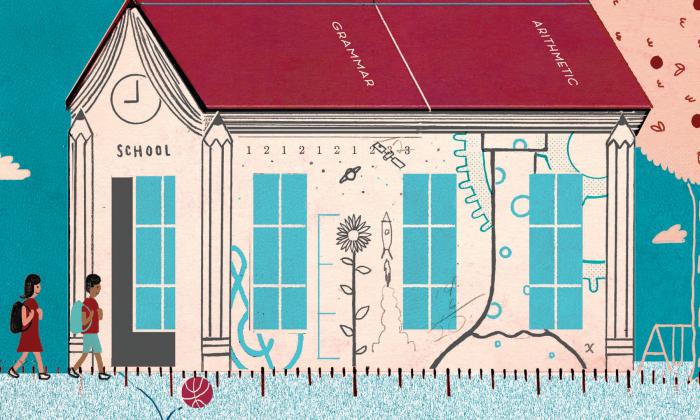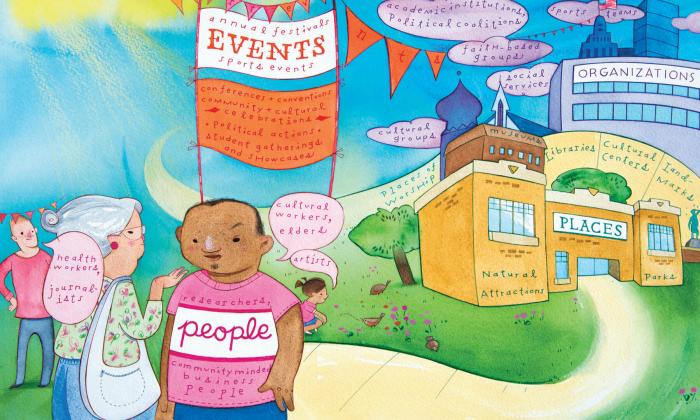Facilities Matter
Education is an equal right, but not all schools are equal. Lots of factors contribute to disparities in school facilities, including:
- Inequitable distribution of state and local funds.
- Disproportionate private funding.
- Lack of transparency regarding resource allocation.
A 2012 National Education Association (NEA) report lists the average per-student expenditure for public K-12 schools in 2011-12 as $10,834; however, nationally this figure can range from $8,323 to $18,616 per pupil.
School facilities affect:
- Learning.
- Teacher retention.
- Instructional time.
- Participation in extracurricular activities.
- Family involvement with school.
The structural safety of a school building—being warm, safe and dry—is only the beginning. All students deserve amenities, such as theaters, gyms, science and technology labs and state-of-the-art resources, that enhance learning across subject areas and grade levels.
Resources
- Arkansas Advocates for Children and Families: Why School Facilities Matter
- U.S. Department of Education: More Than 40% of Low-Income Schools Don’t Get a Fair Share of State and Local Funds
- National Education Association: Rankings of the States 2012 and Estimates of School Statistics
- The Nature Conservancy: LEAF Resources for Educators
Use Local Resources!
All communities have hidden resources that can liven up teaching and learning.
Survey Your Students
Ask students what they know about where and with whom they live.
Listen. Incorporate. Invite.
- Where in our community do you live?
- What do you know about your neighbors?
- Is there a community organization near your home? What is its name? Who runs it? Who goes there?
- Where do you meet other people from your community?
- What can your family share with our class?
Map Your Neighborhoods
Map the areas where your students live. Visit. Review. Identify community resources.
Community Resources
Schools and communities benefit from partnerships.
Building Alliances
Alliances improve teacher collaboration, provide opportunities to give and receive support and provide a sounding board.
INITIATE AN INTERDISCIPLINARY PROJECT

ORGANIZE A BOOK STUDY
Culturally Responsive Teaching: Theory, Research, and Practice by Geneva Gay
Chapter 1 Challenges and Perspectives
What is the nature of story? How is the personal story important? How does this relate to my practice?
Chapter 2 Pedagogical Potential of Cultural Responsiveness
What does “from can’t to can” mean? What are the teacher roles and responsibilities?
Chapter 3 The Power of Culturally Responsive Caring
What is culturally responsive caring? How do I put it to work in my practice?
Chapter 4 Culture and Communication in the Classroom
How do my communication practices measure up? What language myths exist in our school? How can language marginalize students in my classroom?
Chapter 5 Ethnic and Cultural Diversity in Curriculum Content
Who is represented in the materials in our school? How do materials enable or limit my students? What control do I have over materials in my own classroom? Do standardized test scores carry too much influence? How do we change that?
Chapter 6 Cultural Congruity in Teaching and Learning
How can I ensure that my instruction puts students first? What are the differences among cooperative, collaborative and group work? How do I know that my students are actively engaged?
Chapter 7 A Personal Case of Culturally Responsive Teaching Praxis
How is my instruction rigorous? What routines are present in my practice?
Chapter 8 Epilogue: Looking Back and Projecting Forward
What building/district-level support is required to implement components of this work?



0 COMMENTS